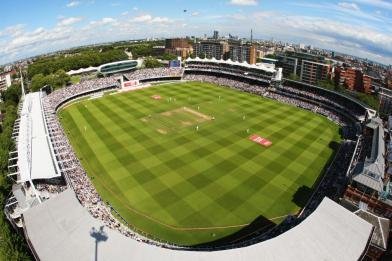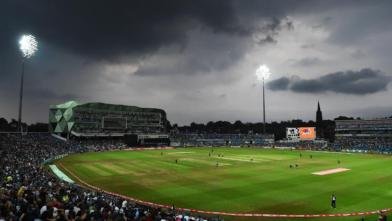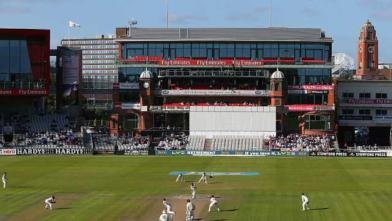Edgbaston Stadium, located in the southern suburb of Birmingham (England), is one of the most prestigious cricket grounds in the country. For a long time, it was England’s sixth regular Test venue until Chester-le-Street was inaugurated in May 2003. Edgbaston hosted its first Test match in 1902, when Wilfred Rhodes bowled out the touring Australians for just 36 runs.
Today, Edgbaston is counted among the finest cricket stadiums in England. Once known as a “meadow of rough grazing land,” it became the third home of Warwickshire County Cricket Club (Warwickshire CCC) at the end of the 19th century. In its first 27 years, the ground staged only four Tests, but when it rejoined the circuit in 1957, it was regarded as the most modern stadium in the country. The Thwaite Memorial Scoreboard, built in 1950, remained one of its most iconic features.
Stadium Development and Renovation
At the end of the 1990s, Edgbaston entered a major renovation phase. Partially funded by lottery grants, this included the Edgbaston Cricket Centre and the £2 million Eric Hollies Stand. In 2011, a brand-new, much larger pavilion was opened, replacing the older one.
Historic Moments at Edgbaston
- The ground has hosted the T20 Blast Finals Day on several occasions.
- In 1994, Brian Lara scored his record-breaking 501 not out against Durham, a world record in first-class cricket.
- The legendary 1999 World Cup semi-final between Australia and South Africa, which ended in a tie, was played here – often called the greatest ODI ever.
- In the 2005 Ashes, England won the second Test at Edgbaston by just 2 runs, leveling the series and shifting the momentum.






